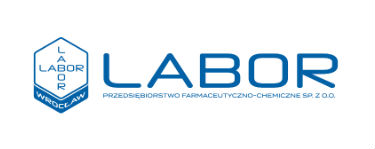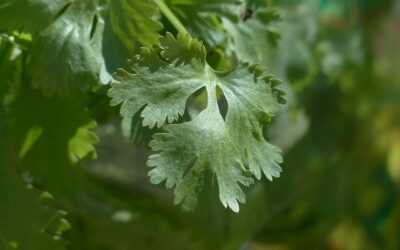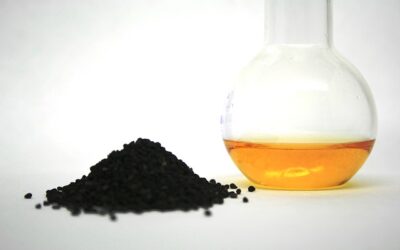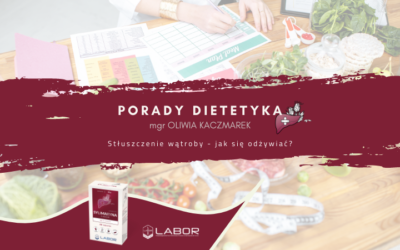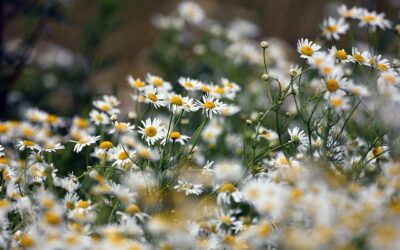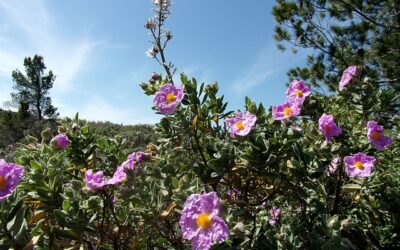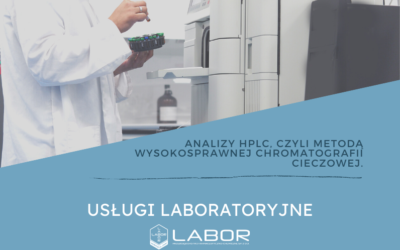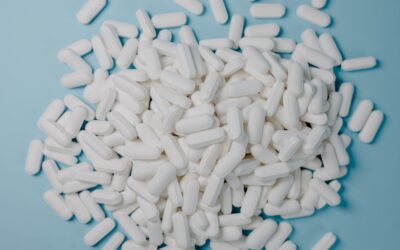Blog
Caring for atopic skin – practical tips. What to pay attention to and what to avoid?
Atopic dermatitis, AD for short, also known as eczema, is a chronic inflammatory skin disease that most often appears in early childhood and in many cases accompanies patients throughout their lives, with periods of exacerbation and...
read moreCoriander
Coriander (Coriandrum sativum L.) is a plant from the celery family (so it is closely related to parsley and celery), originating in the Mediterranean area, where it grows in dry, grassy grasslands. It was known in antiquity and was used...
read moreBlack cumin
Black caraway also known as black cumin (Nigella sativa L.) is a plant species in the buttercup family (Ranunculaceae). It is native to Turkey and Iraq, but is now widespread in the Mediterranean as an introduced species. It is also grown...
read moreFatty liver – symptoms, treatment, how to eat?
The liver is the largest gland in the human body and has many functions. It is responsible, among others, for the metabolism of proteins and carbohydrates, the storage of glycogen, vitamins (A, D, K, B12) and minerals (iron, copper) and...
read moreCommon chamomile
Common chamomile (Matricaria chamomilla L.) - is a species of plant from the Asteraceae family. In the wild, it occurs in almost all of Europe and in the Urals, the Caucasus, Iran, Afghanistan, Asia Minor and India. It was also...
read moreCistus
Cistus (Cistus L.) - is a genus of over 50 species of shrubs belonging to the Cistaceae family. In fact, the variety is much greater because species of this genus easily interbreed to create new varieties. Most of them grow in the...
read moreHPLC analyzes, i.e. by high-performance liquid chromatography
Among the various analyzes performed every day in all kinds of laboratories, we are dealing with both manual analyzes (e.g. assessment of the color and / or sediment produced with the naked eye during the reaction carried out in a test...
read moreHypocalcaemia
Calcium - role in the body The content of calcium in the body is about 1000 g. It is the basic building element of the skeleton. Almost 99% of it occurs in bones bound as apatite. However, the remaining 1% (or about 10 g) is present as...
read moreOsteomalacia
What is Osteomalacia? Osteomalacia is the adult equivalent of rickets. Osteomalacia is a metabolic disease of the bones in which the bones are insufficiently saturated with calcium, making them insufficiently strong and prone to bending...
read more


